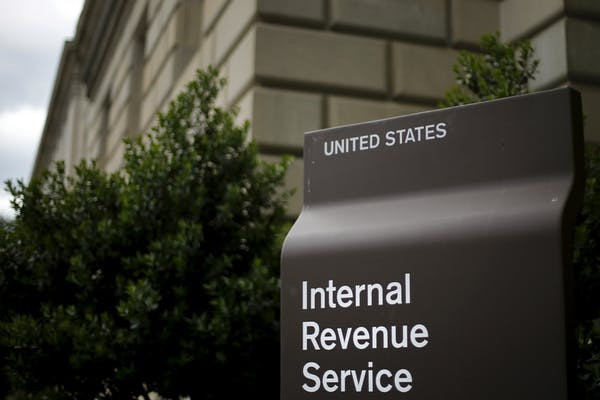In a significant step towards modernizing the tax filing process, the IRS is poised to roll out its pilot program for a new, free tax filing system called Direct File. This initiative, set to debut on January 29, marks a pivotal moment for American taxpayers, particularly for a select group of federal and state government employees in 12 states who will be the first to experience this service.
The program's gradual expansion aims to include a broader segment of taxpayers, potentially reshaping the landscape of tax preparation and filing in the United States.
Direct File emerges against the backdrop of the Inflation Reduction Act, which infused the IRS with substantial resources and mandated a thorough examination of the feasibility of a government-operated electronic filing system. This move could challenge the existing private market services, offering taxpayers an additional, cost-free avenue for submitting their federal tax returns.
IRS Commissioner Danny Werfel emphasized that Direct File is designed to complement, not replace, current filing options, ensuring taxpayers have a variety of choices to meet their needs.
The pilot program's initial phase will cater to a specific demographic, primarily government workers in states like Arizona, California, and New York, among others. The eligibility criteria are tightly defined, focusing on individuals with straightforward tax situations, such as income from employment reported on a W-2 form, certain types of unemployment compensation, and Social Security benefits. However, taxpayers who opt for itemized deductions instead of the standard deduction will need to wait, as Direct File doesn't support itemized filings at this stage.
Direct File promises a user-friendly experience, accessible from various devices and offering guidance in both English and Spanish. The system, built in-house by the IRS, will walk taxpayers through their federal tax returns with a series of questions tailored to their income and tax circumstances.
To ensure security and privacy, users will need to create an account and verify their identity through the digital identity network Id.Me. Additionally, a live-chat feature will connect users with IRS representatives for assistance, further facilitating the filing process.
One notable aspect of Direct File is its focus on federal tax returns, leaving state filings to existing state systems. However, the program aims to streamline this process by directing users to their respective state filing systems upon completing their federal returns, with some information automatically carried over to reduce redundancy.
This initiative is part of a broader overhaul at the IRS, fueled by the new funding from the Inflation Reduction Act. Despite ongoing political debates and attempts to retract funding, the IRS is pressing ahead with improvements to enhance its services and enforcement capabilities. These include better phone service, digitization of paper-filed returns, and enhancements to the "Where's My Refund?" tool.
As the IRS Direct File pilot program unfolds, it holds the promise of making tax filing more accessible, efficient, and cost-effective for millions of Americans. Its success could pave the way for a future where taxpayers have a reliable, free option for filing their taxes directly with the government, potentially transforming the tax preparation industry and the taxpayer experience.





